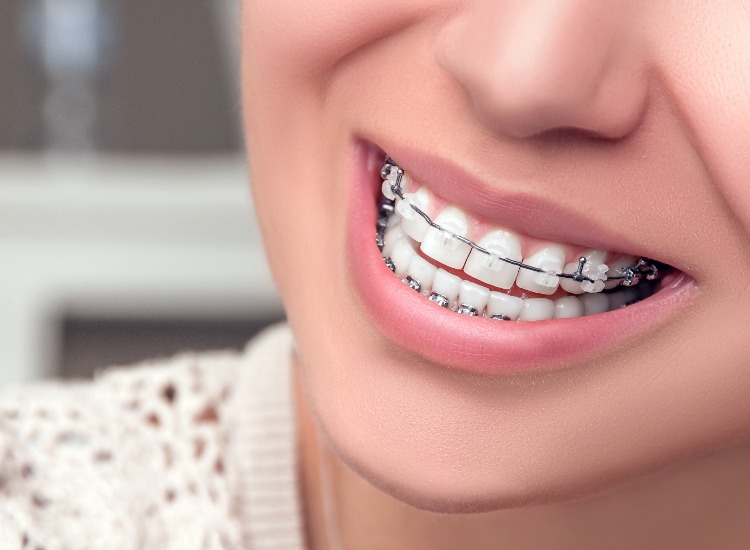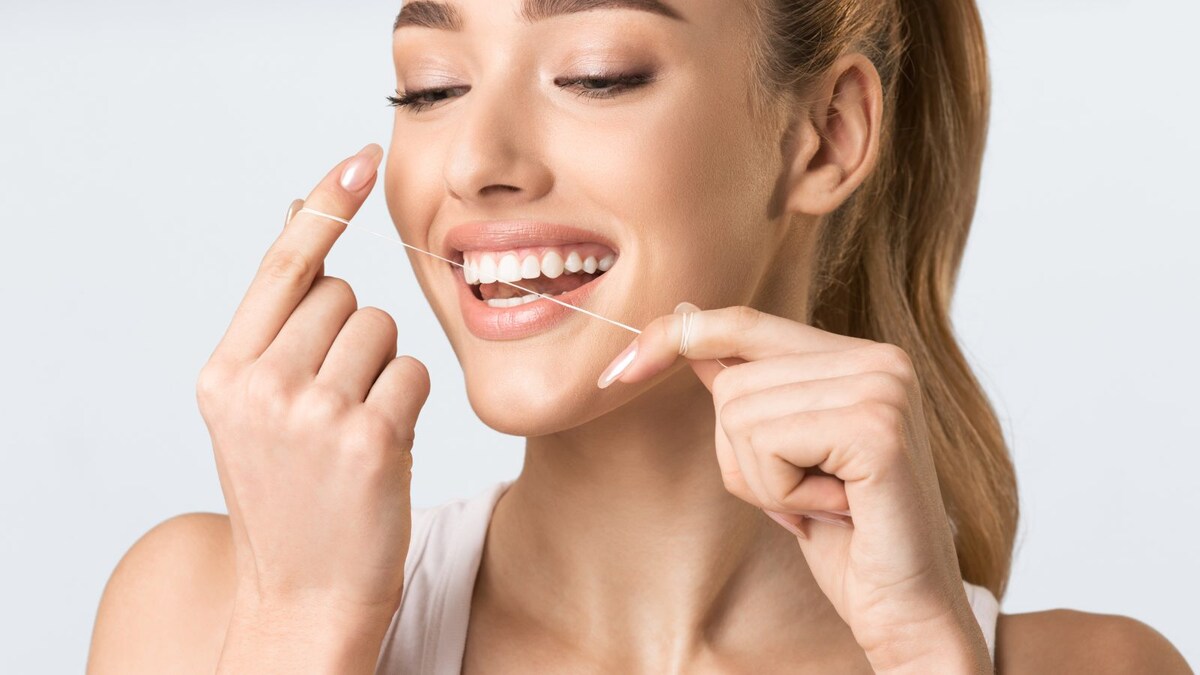
Thinking about straightening your teeth as an adult? Here’s what you need to know
The IndependentSign up to our free Living Well email for advice on living a happier, healthier and longer life Live your life healthier and happier with our free weekly Living Well newsletter Live your life healthier and happier with our free weekly Living Well newsletter SIGN UP I would like to be emailed about offers, events and updates from The Independent. Braces tend to fall into four different categories, says Jones: “Fixed braces, commonly known as ‘train tracks’, have brackets which are glued onto your teeth and joined together with metal wire, which guides the movement of the teeth. Jones continues: “A variation of fixed braces are lingual braces, also known as ‘hidden braces’ or ‘braces behind the teeth’. “Teeth move with age and have a ‘memory’ – they’ll do their best to move back to where they were before you had braces,” notes Jones. As Dr Okoye explains: “Much like your teeth and gums, your braces will have to be regularly scrubbed and well maintained too, or else it’s just a waste of time and money.” Whatever straightening treatment you’re considering, it’s important to visit a qualified orthodontist for an expert opinion on the most suitable, safe and effective treatment options for you.
History of this topic

Myths and facts about braces: Debunking common misconceptions for confident smile
Hindustan TimesDiscover Related


_1630662170000_1630662183273.jpg)


